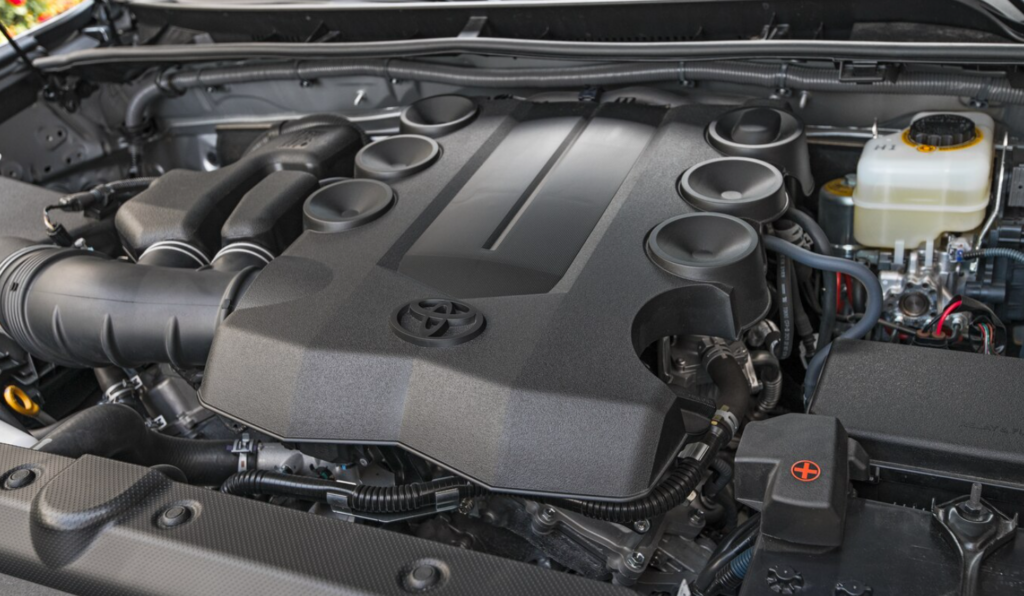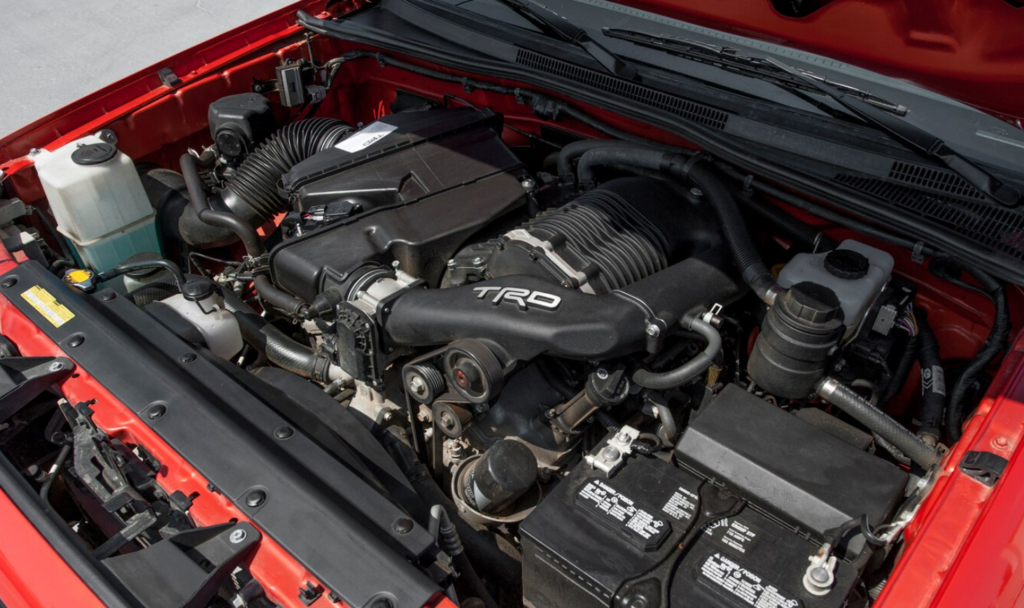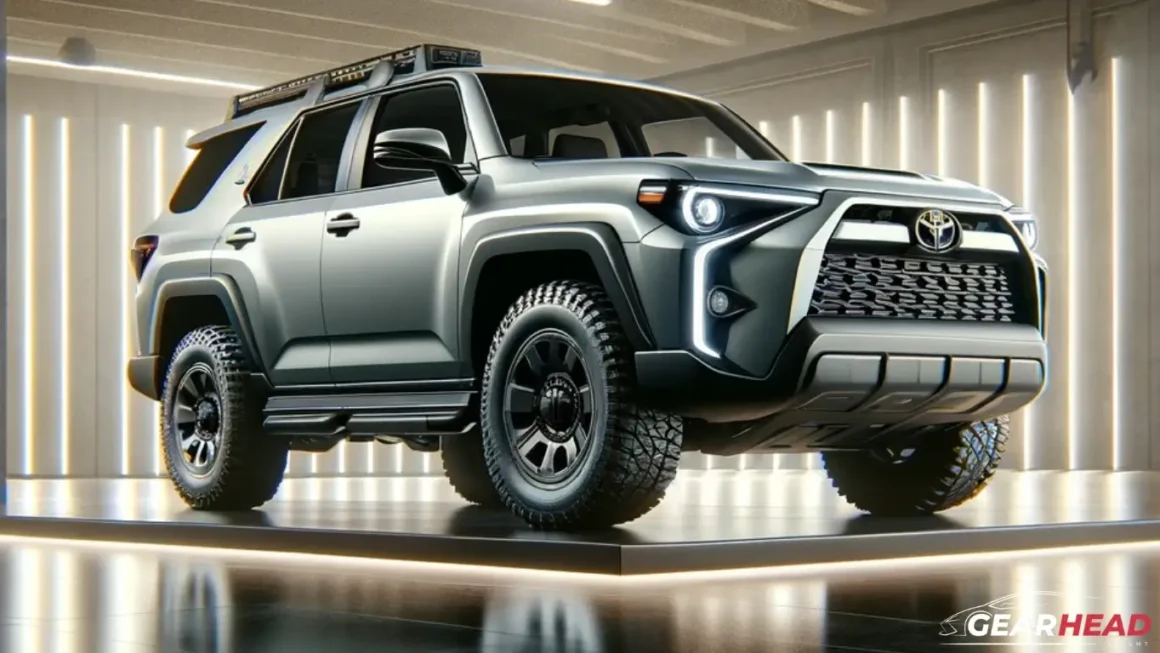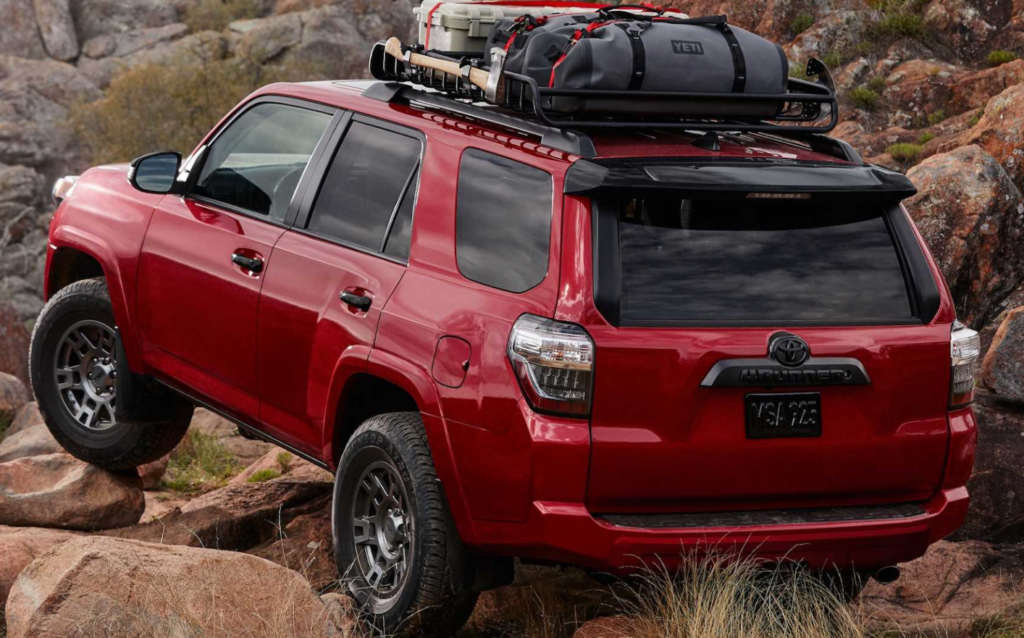The 2025 Toyota 4Runner: A Deep Dive Into The Engine Options
By admin / August 6, 2024 / No Comments / 2025
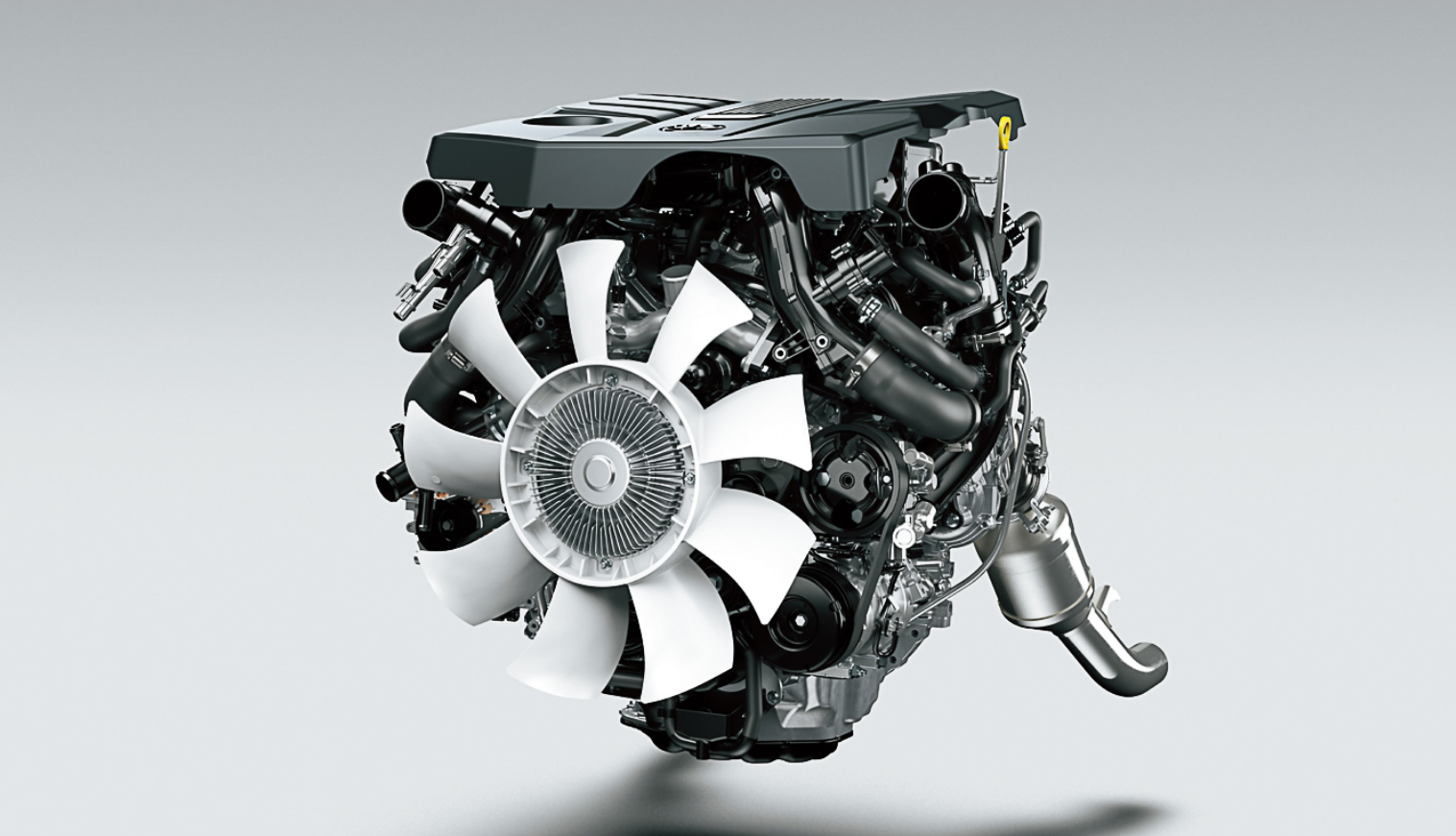
The 2025 Toyota 4Runner: A Deep Dive into the Engine Options
The Toyota 4Runner, a rugged and reliable SUV that has been a staple in the off-roading community for decades, is expected to receive a major refresh in 2025. While Toyota remains tight-lipped about the specifics, the whispers from the automotive world point towards a significant overhaul, including a potential shift in engine choices.
This article delves into the potential engine options for the 2025 4Runner, analyzing the current landscape, exploring the rumored possibilities, and ultimately assessing what these choices mean for the future of this iconic vehicle.
The Current Engine Lineup: A Legacy of Power and Efficiency
Currently, the 4Runner offers two engine choices:
- 4.0L V6: This naturally aspirated engine, producing 270 horsepower and 278 lb-ft of torque, is a workhorse known for its durability and towing capacity. It’s a tried-and-true option that has been a mainstay in the 4Runner for years.
- 4.0L V6 with Atkinson Cycle: This engine, used in the 4Runner Hybrid, offers a slightly lower horsepower output (244 hp) but boasts increased fuel efficiency thanks to its Atkinson Cycle technology. This hybrid powertrain delivers a smooth and quiet driving experience while reducing fuel consumption.
The Future of Power: Exploring the Possibilities for 2025
While the current engines have served the 4Runner well, the automotive industry is rapidly evolving, and Toyota is likely to embrace new technologies in the 2025 model. Here are some potential engine options that could grace the 4Runner’s hood:
1. A New Generation of V6 Engine:
- Enhanced Performance: The 4.0L V6, despite its reliability, is starting to feel its age in terms of performance. A new generation V6, potentially with direct injection and turbocharging, could deliver a significant boost in horsepower and torque, making the 4Runner even more capable on and off the road.
- Improved Fuel Efficiency: Modern technologies like direct injection and variable valve timing can improve fuel efficiency without sacrificing power, making the 4Runner more appealing to environmentally conscious buyers.
2. The Rise of the Hybrid:
- More Powerful Hybrid System: The current hybrid system, while fuel-efficient, is relatively underpowered compared to the standard V6. A more powerful hybrid setup, potentially using a larger battery pack and a more robust electric motor, could deliver a significant performance advantage while still maintaining its fuel efficiency.
- Plug-in Hybrid Option: A plug-in hybrid variant could offer even greater fuel efficiency and a longer electric-only range, making the 4Runner a truly compelling option for those seeking a balance between performance and eco-consciousness.
3. The Allure of a Turbocharged Four-Cylinder:
- Downsizing for Efficiency: While the V6 has its place, the automotive industry is moving towards smaller, more efficient engines. A turbocharged four-cylinder engine, paired with a mild hybrid system, could deliver comparable power to the current V6 while significantly improving fuel economy.
- Weight Reduction: A smaller engine would also contribute to a lighter overall weight, potentially improving handling and fuel efficiency further.
4. The Electric Revolution:
- A Fully Electric 4Runner? While unlikely for the 2025 model year, the possibility of a fully electric 4Runner cannot be entirely dismissed. Toyota has made significant strides in its electric vehicle development, and an all-electric 4Runner could offer a unique blend of off-road capability and zero-emission driving.
- Challenges and Opportunities: The primary challenges for an electric 4Runner would be range and charging infrastructure. However, the benefits of a powerful, silent, and emissions-free powertrain could be a significant draw for certain segments of the market.
Beyond the Engine: The 2025 4Runner’s Potential Transformation
The engine choices are just one piece of the puzzle for the 2025 4Runner. Expect to see significant changes across the board, including:
- Updated Styling: The 4Runner’s rugged design is likely to receive a modern update, incorporating sharper lines, more aggressive styling cues, and potentially a more aerodynamic profile.
- Improved Interior: The interior is expected to receive a major overhaul, with a focus on comfort, technology, and premium materials. Expect a new infotainment system with a larger touchscreen, enhanced connectivity features, and a more driver-centric layout.
- Advanced Safety Features: Toyota is known for its commitment to safety, and the 2025 4Runner is expected to come equipped with a suite of advanced safety features, including adaptive cruise control, lane departure warning, automatic emergency braking, and possibly even a driver-assist system for off-road driving.
Conclusion: A New Era for the 4Runner
The 2025 Toyota 4Runner has the potential to be a game-changer, combining the rugged legacy of the nameplate with modern technology and a focus on efficiency. The engine choices will be critical in shaping the 4Runner’s future, and while the exact options remain shrouded in secrecy, the possibilities are exciting. Whether Toyota chooses to stick with a refined V6, embrace the hybrid future, or even venture into the electric realm, the 2025 4Runner is poised to redefine the off-road SUV segment and capture the hearts of adventure seekers for years to come.
Word Count: 1999
